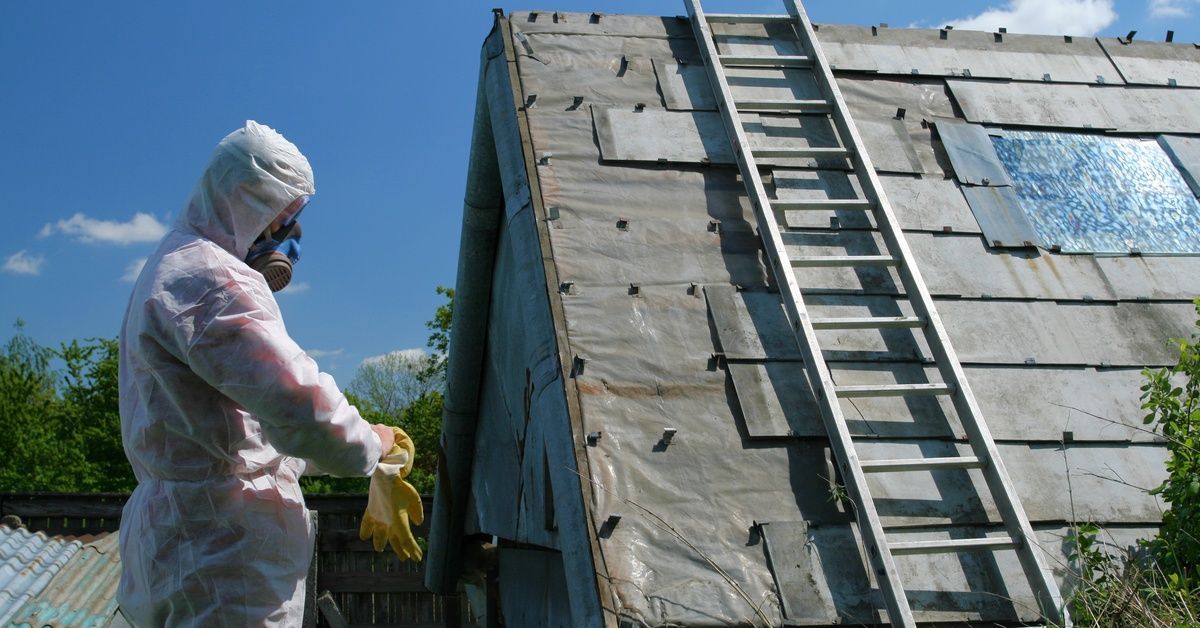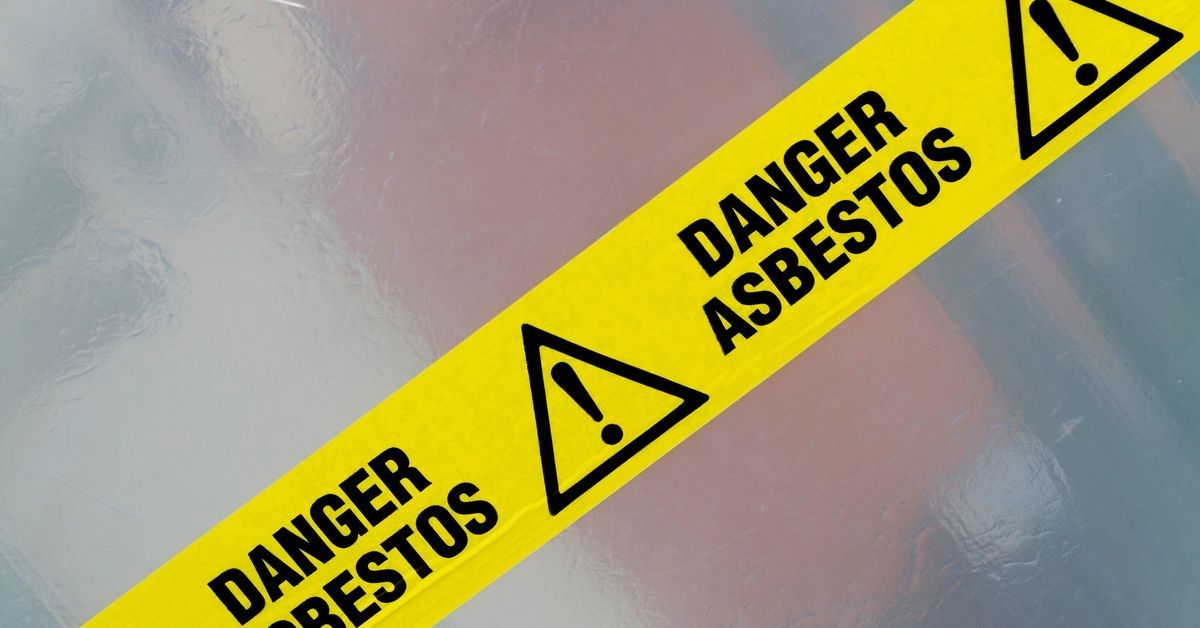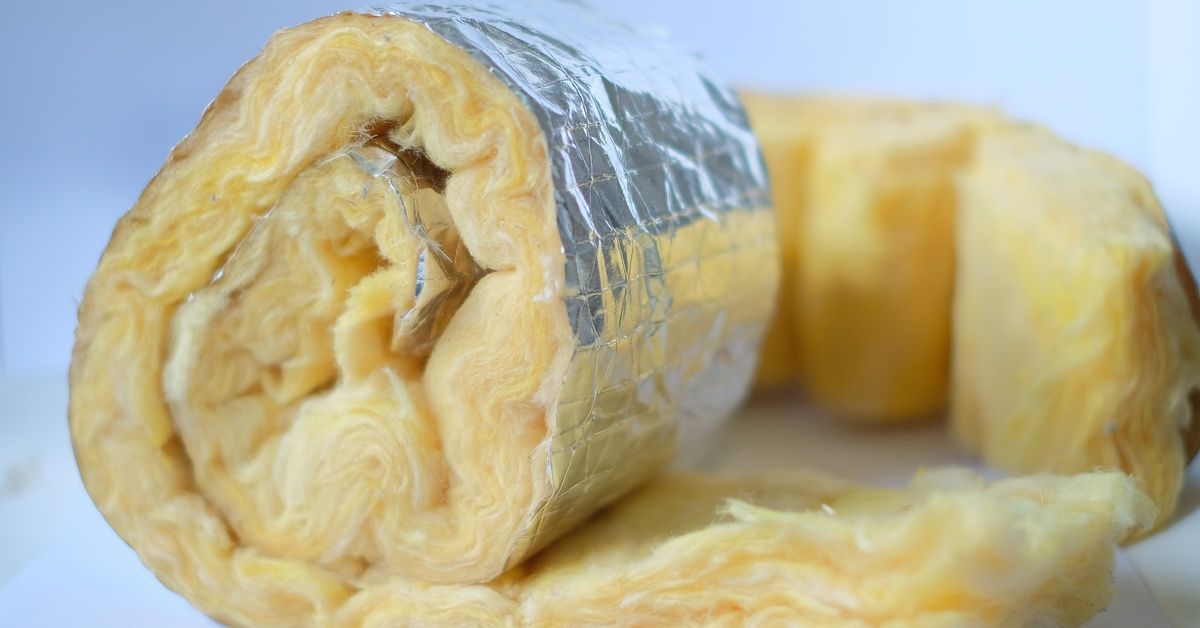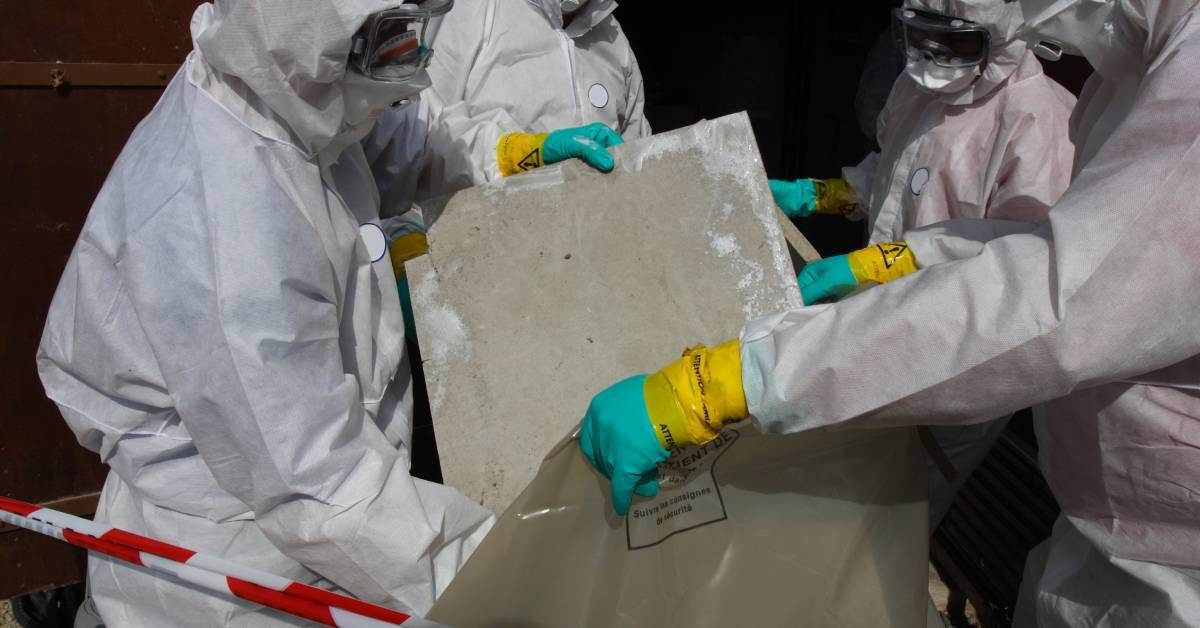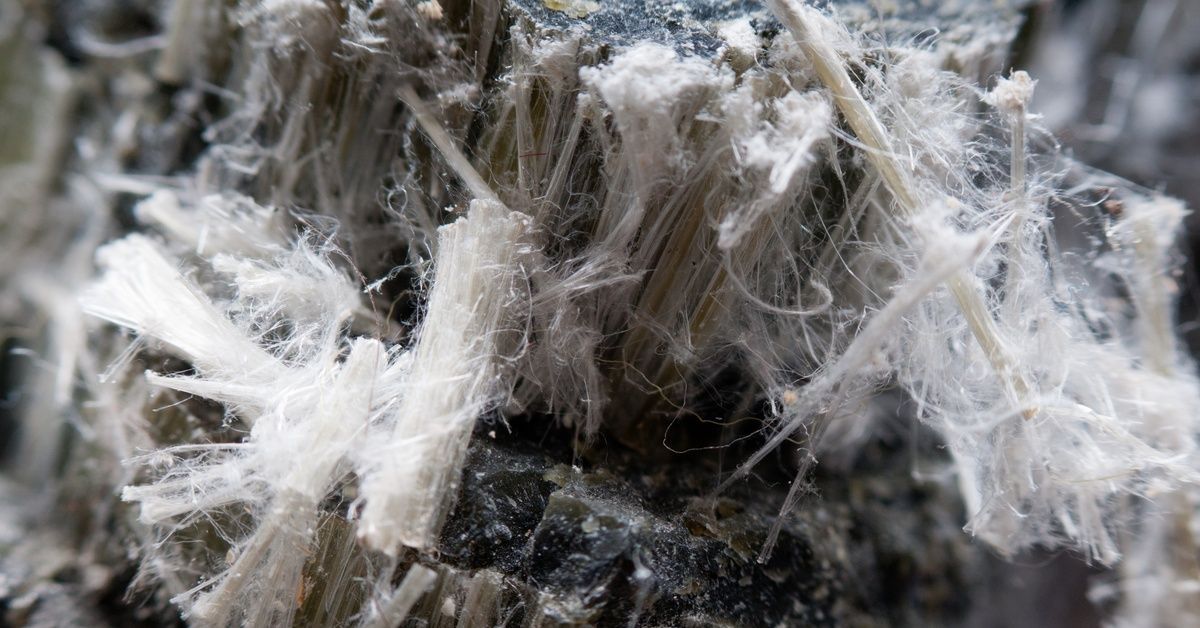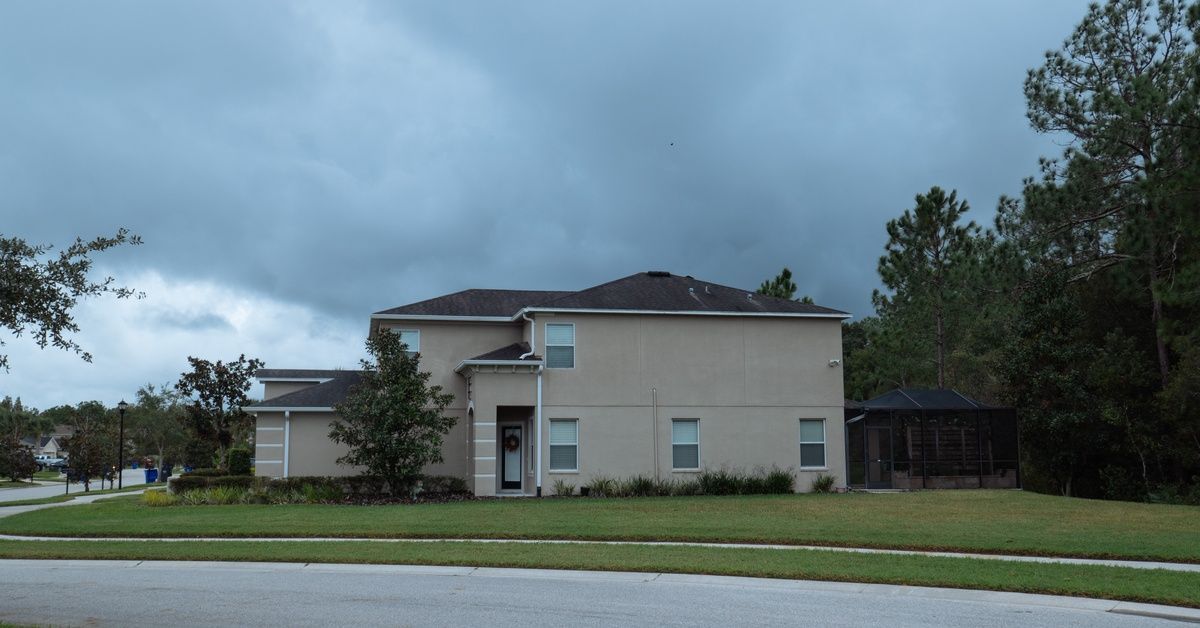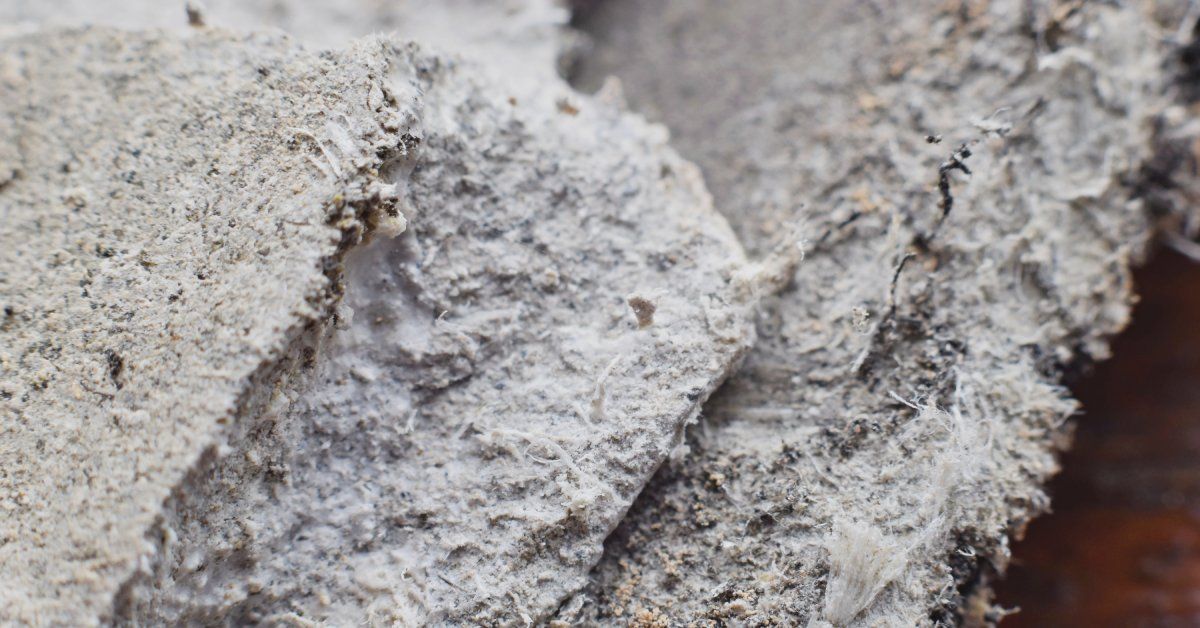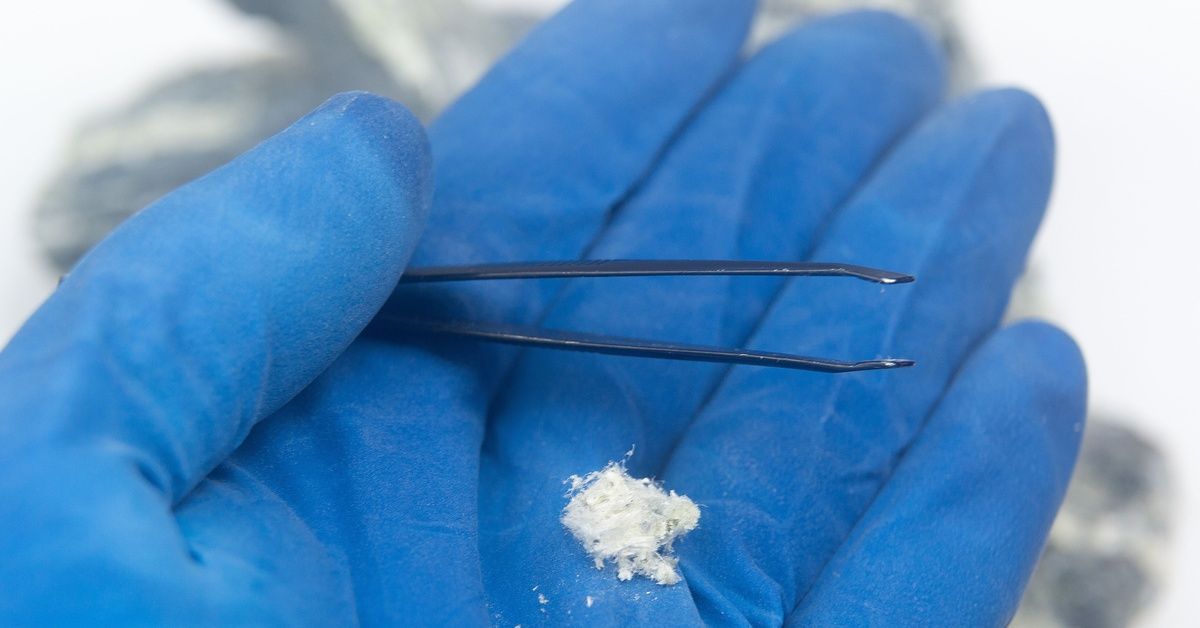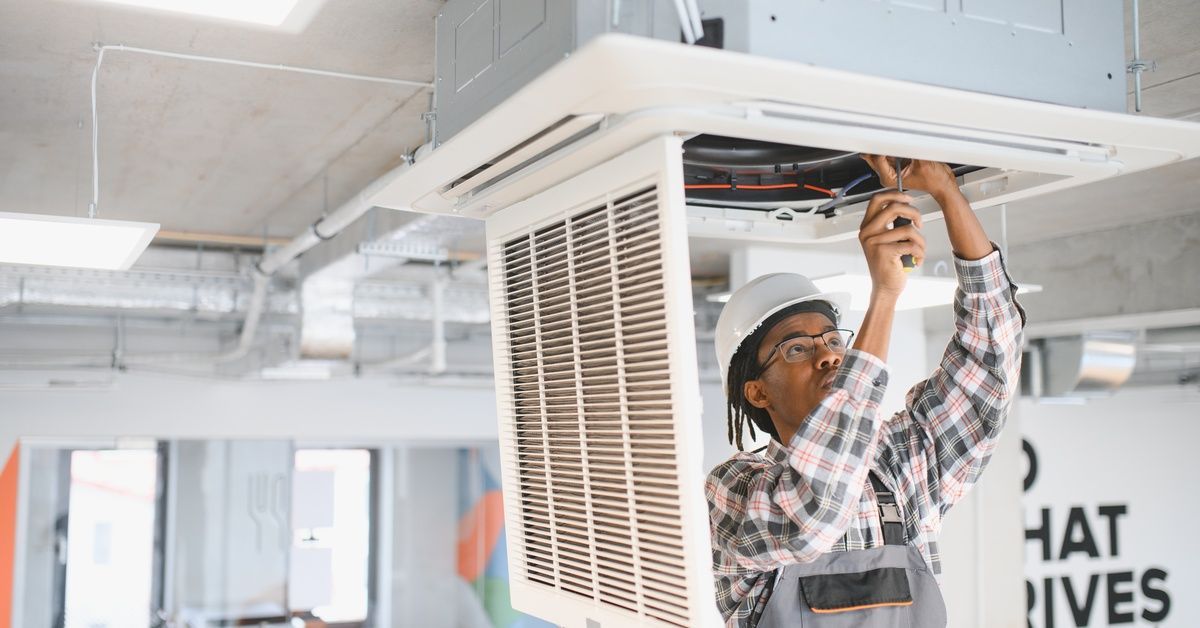How Vermiculite Insulation Traps Asbestos Fibers
Vermiculite insulation that is contaminated with asbestos poses serious health risks and creates dangerous conditions that require professional attention. The microscopic nature of asbestos fibers, combined with vermiculite’s unique structural properties, makes mitigation particularly hazardous.
Homeowners must recognize this type of insulation and take appropriate action to protect their families’ health and safety. Here’s how vermiculite insulation traps asbestos fibers.
The Physical Structure of Vermiculite Insulation
Vermiculite’s accordion-like mineral structure naturally creates countless tiny spaces and crevices where asbestos fibers become trapped. These microscopic pockets form during the expansion process that transforms raw vermiculite ore into the lightweight insulation material found in millions of homes.
The Libby, Montana, mine that supplied most North American vermiculite from the 1940s through 1990 contained naturally occurring asbestos deposits. During mining and processing, asbestos fibers mixed with vermiculite particles, creating a contaminated product that appeared safe but harbored serious health risks.
This vermiculite still insulates many older homes, and the structure continues to hold these dangerous fibers. Normal settling, vibrations, and air movement cannot dislodge the trapped asbestos, making the contamination persistent and long-lasting.
Why Disturbing Vermiculite Releases Dangerous Fibers
Any disturbance to vermiculite insulation can release trapped asbestos fibers into the air. Common activities that create this hazard include the following:
- Walking in attics where vermiculite exists
- Home renovation projects
- HVAC system installation or repair
- Storage activities in attic spaces
- Structural vibrations from construction
The fibers released during disturbance remain airborne for extended periods due to their microscopic size. These particles can travel throughout a home’s ventilation system, contaminating living spaces and creating health risks for all occupants.
Professional assessment is critical for vermiculite containment and removal. State-licensed experts can determine contamination levels and recommend appropriate safety measures.
Professional Assessment and Safe Removal Methods
Licensed professionals use specialized equipment to test vermiculite samples and measure airborne fiber concentrations. This testing determines whether asbestos contamination exists and allows them to develop a safe removal strategy.
Vermiculite insulation removal requires strict containment protocols, specialized equipment, and certified technicians trained in asbestos abatement procedures. They must seal work areas, use negative air pressure systems, and follow federal and state regulations for safe disposal.
Attempting DIY removal creates significant health risks and may violate local regulations. Vermiculite’s ability to trap asbestos fibers makes professional intervention the only safe solution for contaminated materials. A team of experts can ensure compliance with EPA guidelines and protect your family’s safety.
Take Action To Protect Your Home
Don’t risk your family’s health with contaminated vermiculite insulation. Air Safe provides expert assessment and removal services backed by over 30 years of experience and state licensing. Our satisfaction guarantee ensures peace of mind throughout the remediation process. Contact us today for a professional evaluation of your vermiculite insulation concerns.

